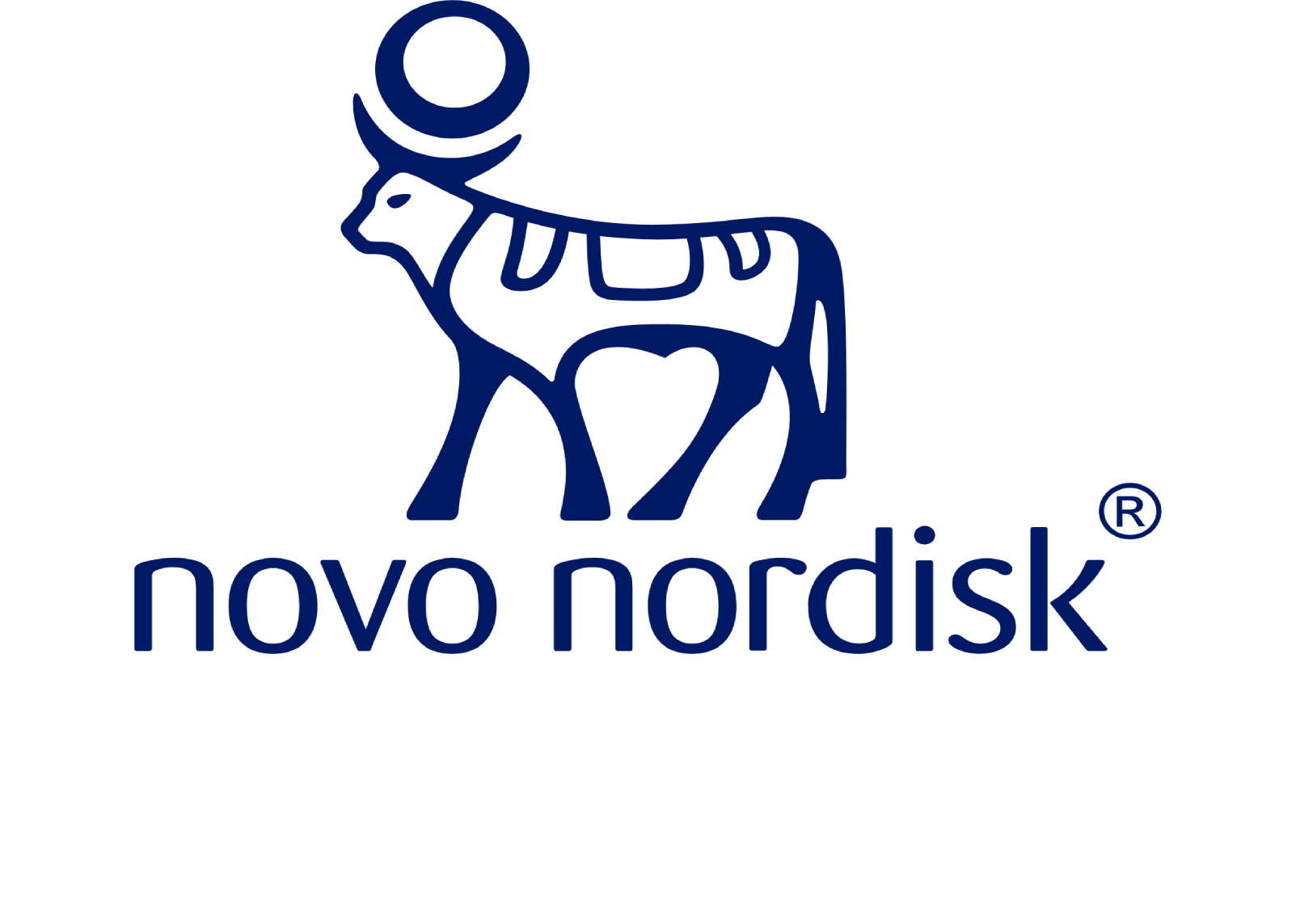/f/239067/1920x1080/f0326a9bec/aws_partnership_hero.gif)
1 + 1 = 11
Cloud collaboration
Projects succeed when the sum becomes more than its constituent parts. Leveraging the public cloud, that’s exactly what we do in the Novo Nordisk x AWS partnership.
To make a tangible impact on the everyday lives of our millions of patients, on-premise ecosystems won’t cut it. That’s the simple rationale behind our close and long-term engagement with leading cloud provider AWS.
In Novo Nordisk, data is pervasive throughout our entire value chain. From foundational research, manufacturing lines, sales and marketing, clinical trials, and pharmacovigilance through patient-facing data-driven applications. Therefore, getting the foundation around how data is stored, safeguarded, and used in a way that provides the most value is crucial to accelerating our impact on the close to 40,000,000 patients we ultimately work for.
In close collaboration with AWS, our community of tech specialists – Cloud Architects, Cloud Engineers, DevOps Engineers, Site Reliability Engineers, Security Engineers, Data Engineers, Data Scientists, and BI Analysts – leverage the power of the public cloud to drive transformation across our entire organisation.
Cloud vs. on-prem
With next-gen storage capabilities and leading expertise in AI and ML, AWS is the prominent partner of choice for a company like Novo Nordisk. We work with all kinds of different data – from DNA to RNA, from biomarkers to biosamples, from fermentation processes to inventory, from production images to patient data. With AWS, our data is safe, secure, and accessible. And the collaboration enables our digital experts to collect and curate all this data from our entire value chain and turn them into data-driven insights or feed them into AI or ML algorithms.
To take an example: With smart pens, thousands of patients are collecting and sharing data on when they inject insulin and how much they inject. This data is crucial to make managing diabetes easier for patients worldwide. But establishing that ecosystem – from a smart pen to an app on a mobile device via external partnerships into our data lake – and storing the data in a compliant, safe, and secure manner is almost impossible on-prem. With AWS, we can build these technical capabilities in the cloud while adhering to legislation, respecting privacy, and obeying high-security standards like GDPR.
It takes a village
A whole community of Novo Nordisk tech specialists are working to make our partnership with AWS run smoothly. The constituent parts can be broken down like this:
First and foremost, Cloud Architects (on a very senior level) design our cloud-agnostic architectural runway, set the direction and drive the adoption of our standards in technology – both a complicated and technical endeavour.
Our Cloud Engineers put together the cloud infrastructure in a safe and secure manner. Typically, the cloud fundament and serverless infrastructure are created with lambda functions. Besides Cloud Engineers, our DevOps Engineers, Site Reliability Engineers, and Security Engineers define the standards for developing, operating, and monitoring the health of the software environment we are building.
Data Engineers collect, combine and curate data from various sources – always linking it with the needs of our colleagues from across the organisation. Our Data Engineers work in Azure Databricks and Glue, creating data products in ETL processes.
Our Data Scientists use Python, R and CDK when working with the data to make data-driven insights and drive significant outcomes for the benefit of our patients.
Our BI Analysts then visualise and build stories around the data, presenting it in an easy-to-understand format, which can guide our strategic business decisions. Here, Tableau and Power BI are the go-to tools.
Working closely with teams at AWS, all these parts go together and form a whole that brings much more value than we could alone.
A glimpse into the architecture
The data and analytics environments are built around the core tenets of the data mesh—decentralized domain ownership of data, data as a product, self-service data infrastructure, and federated computational governance.
The full solution is a sprawling landscape of independent services that work together to enable data and analytics with a decentralised data governance model at petabyte scale. Schematically, it can be represented like this.
The architecture is split into three independent layers: data management, virtualisation, and consumption. The end-user sits in the consumption layer and works with their tool of choice. It’s meant to abstract as much of the AWS-native resources to application primitives. The consumption layer is integrated into the virtualisation layer, which abstracts the access to data. The purpose of the virtualisation layer is to translate between data consumption and data management solutions.
Each of the three layers in the overall architecture has a distinct responsibility but no singular implementation. Think of them as abstract classes. They can be implemented in concrete classes, and in our case, they rely on foundational AWS services and capabilities.
You can read more about this case on the AWS blog, where our data architecture is described in (a lot of) detail.
A bumpy road is a fun road
With a partnership of this magnitude, it’s not so surprising that there might be bumps along the way. For our tech experts, that’s part of the fun.
"Together with AWS, we always ask ourselves: 'If I knew back then what I know now, what would I have done differently?' We embrace this principle because it is an excellent opportunity to make things better, improve, and learn from the ton of mistakes we’ve made along the way. That’s why we come to work every day – the challenges are part of the fun. Whenever we see a concrete product in the hands of happy colleagues, it’s worth it – because we know it benefits our patients."
/f/239067/1920x1080/35e085cad4/hero_fallback.jpg)
/f/239067/1920x1080/a26513bd2e/digital-innovation-hub-hero2.jpg)
/f/239067/1920x1080/a4a8b7d87b/jonas_fallback.jpg)

